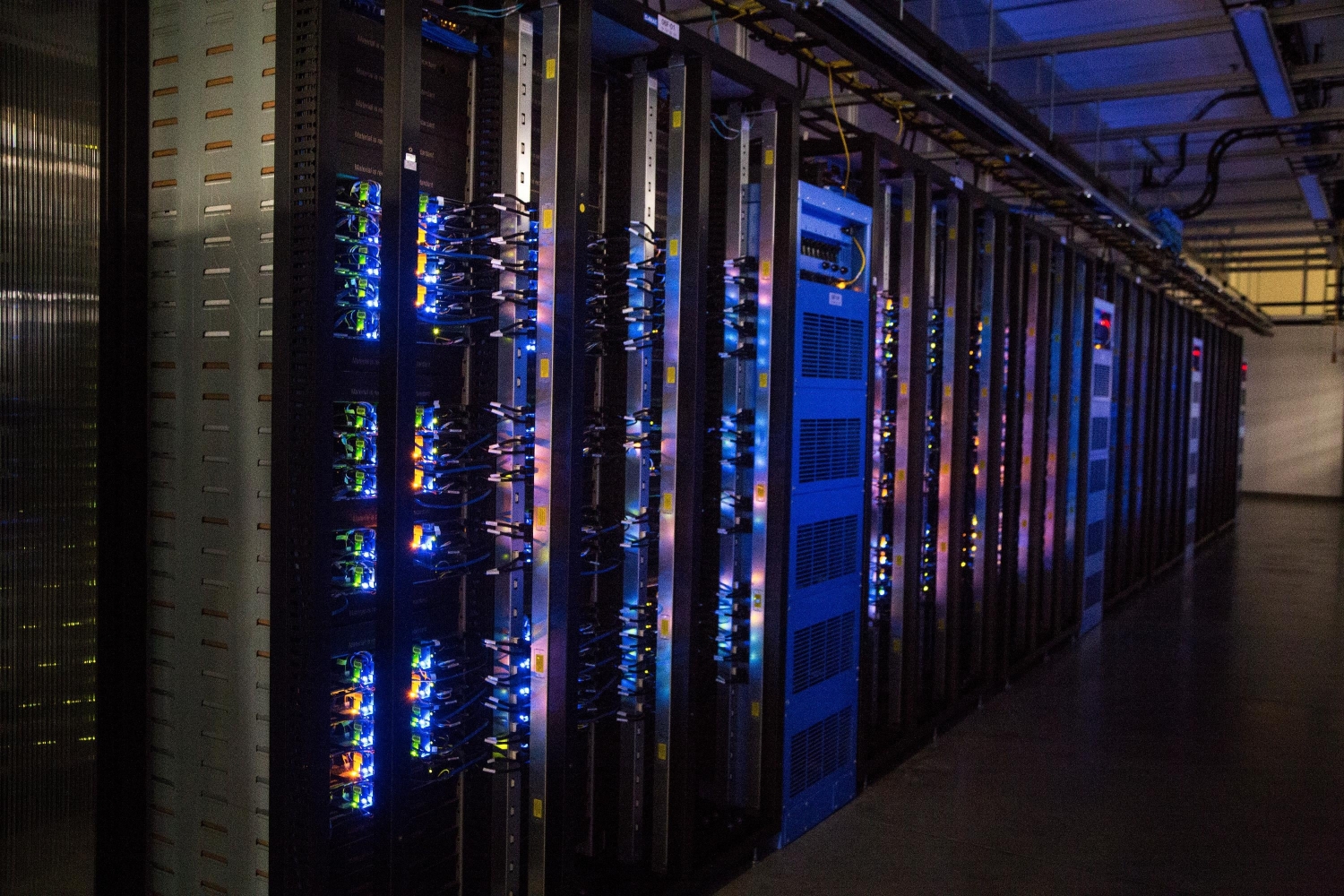

Published on: 10/24/2025
This news was posted by Oregon Today News
Description
Oregon will miss its 2035 greenhouse gas emissions reduction goal by two years, due to a boom in data centers and the end of federal vehicle emissions standards, according to an analysis completed this month. But state officials pushing to drastically cut carbon emissions say it’s not too late to get back on track.
Updated model results from the Transformational Integrated Greenhouse Gas Emissions Reduction project, known as TIGHGER 2.0, found a gap of about 5 million metric tons of carbon emissions between where the state is headed in 2035 and its target for that year. That’s equivalent to the emissions of about 1.1 million cars on Oregon roads. Because of that, the state will miss its 2035 carbon reduction benchmark by two years. The TIGHGER project assesses Oregon’s progress toward its carbon reduction goals.

Alan Zelenka, the assistant director for planning and innovation at the Oregon Department of Energy and a contributor to the report, said there are two reasons the state will miss its benchmark — the rapid increase of data centers on the electrical grid and the cancellation of the federal Corporate Average Fuel Economy, or CAFE, standards. Those are federal regulations that have required auto manufacturers to meet a minimum average fuel economy for their vehicles.
“The result of both the data load coming online and the CAFE standards going away, were that we now see a gap in 2035 as opposed to meeting our goals,” Zelenka said. “Those two big things are what changed the outcome from last time, where we said we were going to be able to meet our goals, and now we’re not.”
The Oregon Climate Action Commission, which released the report, is seeking public input until 5 p.m. Oct. 31. The commission is a 35-member advisory group, with 13 of its members appointed by the governor.
Oregon’s ambitious effort to reduce nearly all its greenhouse gas emissions by 2050 has faced an uphill battle from the start. Three years ago, the TIGHGER report found the state needed to cut emissions faster to meet those goals and had fallen short of meeting its 2020 climate benchmark by 13%.
But that same report projected the state would be on track to meet the 2035 benchmark — if all 15 existing climate action programs and regulations, like the Climate Protection Program and House Bill 2021, were in place.
Those two programs account for about 97% of the state’s total expected carbon emissions reductions, according to the analysis. That’s because these two programs tackle the state’s biggest fossil fuel emitters.
Though the Climate Protection Program’s implementation was delayed by one year after a court of appeals invalidated the state’s first attempt, Zelenka said the updated program maintained the same overall end goals by 2050 — meaning the state could still meet its goals if this program continues to be implemented.
Noting that many people are skeptical about Oregon’s ability to meet the Climate Protection Program and legislative carbon goals, Zelenka added, “We only modeled things that were rules or laws, and we didn’t model skepticism. So until those programs are dead and killed or repealed, we were assuming they will go into effect and that they will meet their goals,” he said.
But the end of federal vehicle fuel efficiency standards will make it more difficult for Oregon to reach its climate goals, he said. According to the Oregon Department of Environmental Quality, the transportation sector accounts for 35% of the state’s overall greenhouse gas emissions.
“It makes our job harder, but it doesn’t make it impossible,” Zelenka said.
The state will need to implement additional policies beyond the Climate Protection Program and the Legislature’s HB 2021 to meet those goals. And that’s something Oregon Climate Action Commission chair Catherine Macdonald is hoping will emerge from Phase 2 of the TIGHGER report.
Looking at how the forecast has changed over the past two and a half years allows the commission, the Legislature and the government to track Oregon’s climate progress and helps state leaders identify policies and programs that can make the biggest difference in meeting those goals, she said.
“So this forecast is really critical and it will help us shape what we recommend in our biennial report to the legislature next fall.”
The TIGHGER 2.0 analysis will be used to guide Oregon’s plan to accelerate emissions reduction goals, with an aim to get the state back on track to meet its climate goals. Phase 2 of the report is expected to be released early next year.
“We saw it flip-flop one way, it could flip-flop back the other way,” Zelenka said.
News Source : https://www.opb.org/article/2025/10/24/oregon-greenhouse-gas-reduction-benchmark-environment-data-centers-tighger-2/
Other Related News
10/25/2025
If Sunset was going to play spoiler on Friday night against Beaverton it was going to take...
10/25/2025
It was a little after noon on Thursday when the Portland Trail Blazers slowly started to m...
10/25/2025
DEAR ABBY While the saying goes no man is an island I beg to differ as I am married to one...
10/25/2025
Dear Eric Im writing because something bad happened to my friend and I might have been abl...
10/25/2025











